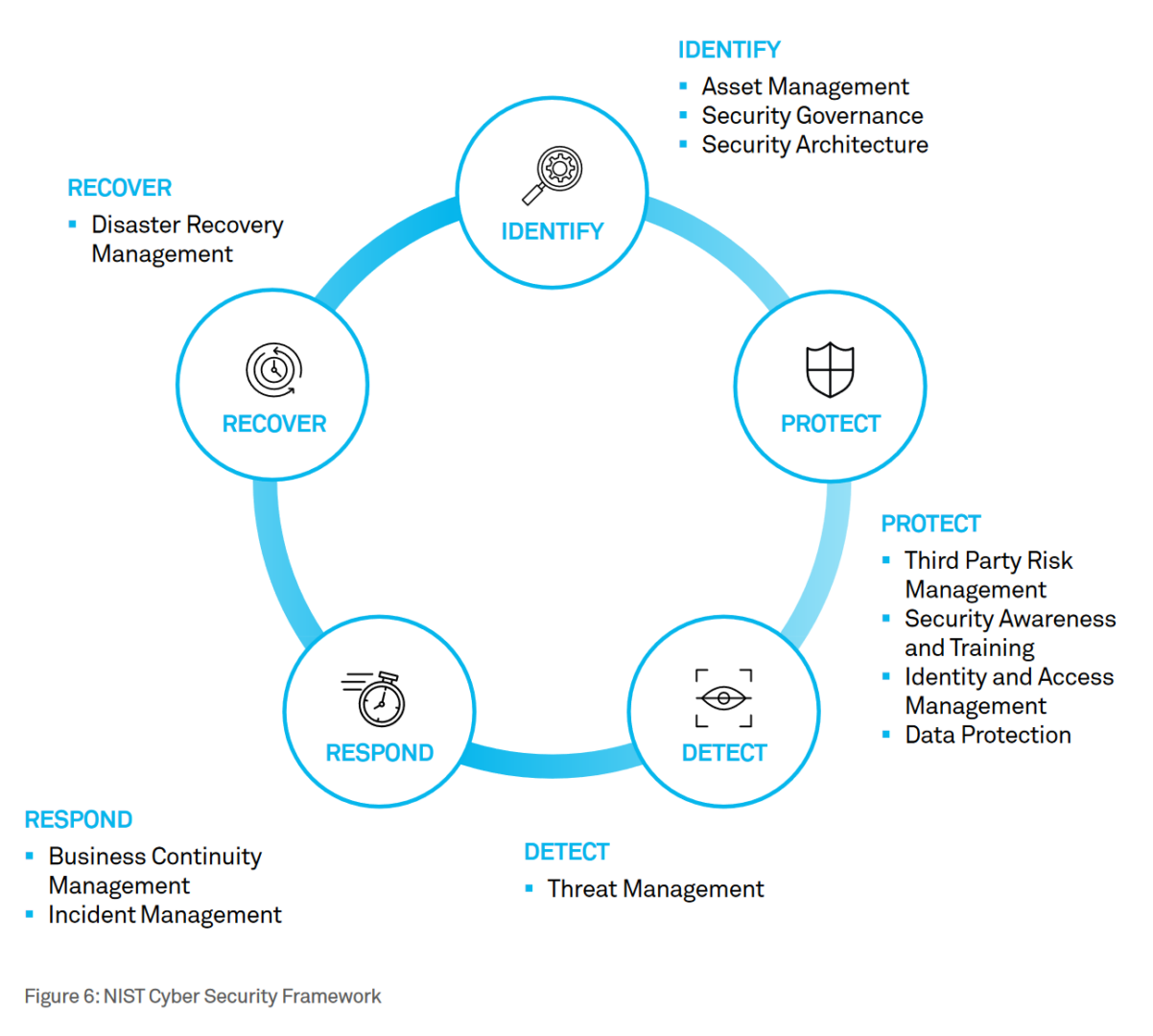Super-accelerating six dimensions of public-private-global collaborations can help the region achieve 24/7 clean energy use before it is too late: report
Temperatures are at their highest in 10,000 years. The Intergovernmental Panel on Climate Change has noted that, unless the takes concrete action by 2030, we will not be able to limit the temperature rise to 1.5°C by 2050, resulting in catastrophic consequences.
Yet, the search for profit and progress is inextricably tied to the use of resources that contribute to increasing carbon footprints. The march of ‘revenge technological progress’ after a three-year global pandemic has hyper-scaled world demand for energy and digital computing power to unprecedented levels.
So, how should data centers—simultaneously the engine of carbon emissions and technological progress—be made carbon neutral? According to a data center development firm’s FY 2022 report on its environmental, social and governance (ESG) strategy, initiatives and performance, building hyperscale data centers is one key drivers in the region’s energy transition to 24/7 clean energy (CE).
Such hyperscale data centers’ size, electricity demand profiles, innovation capabilities and procurement of renewable energy are factors for accelerating the transition to CE, in addition to energy system modelling.
Six steps identified for governments in the Asia Pacific and Japan region and the global industry to foster greater collaboration to realize the potential of 24/7 CE include:
- Increase and strengthen grid interconnection between markets
- Accelerate ‘green molecules’ and other new firming and storage technologies
- Diversify renewables portfolios with local firming solutions
- Leverage on-site infrastructure to support local grids and power markets
- Shift non-latency-sensitive loads to lower-cost markets
- Start the discussion to achieve 24/7 clean energy in a cost-optimal way
According to Joscha Schmitz, Head of Energy & Climate, AirTrunk, which produced the report:
“24/7 CE is more advanced in the European and North American markets due to resource availability and market maturity”, and to successfully deliver clean energy technology, the APJ is the fastest growing region but “the one experiencing the most difficulty in managing the energy transition.”
Energy providers, sustainability groups, corporations and governments will need work together to facilitate a CE future for all, according to the firm, which has declared its commitment to having Net Zero emissions by 2030.
Establishing strong cyber resilience policies such as the NIST Cyber Security Framework is part of the global imperative to go green without going dark (having the lights shut down by cybercriminals)

